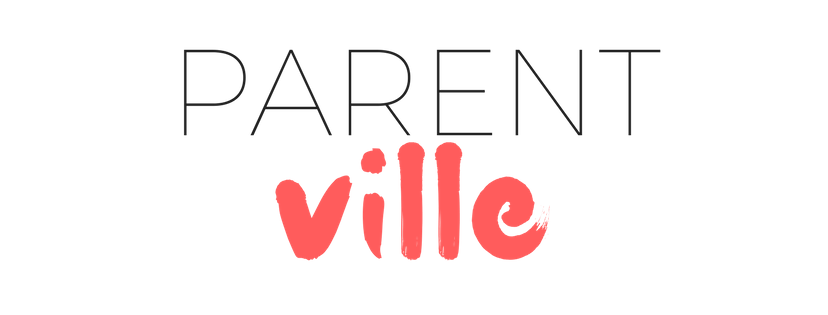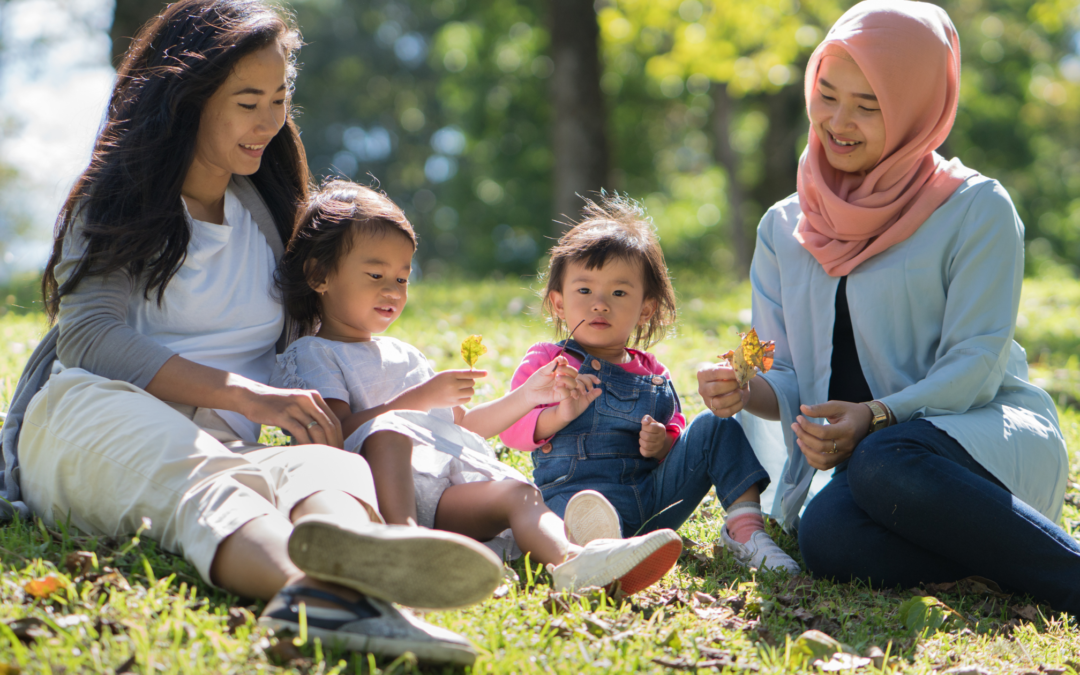This article is dedicated to all Muslim women and girls in the Parentville community and those who want to understand a bit more.
At the bottom of the text, you’ll find propositions of childrens books about on religious tolerance.
OH, THE IRONY.
By now, the whole world knows about the death of Mahsa Amini, hijabs, and the fact that letting your hair blow in the wind is a crime in Iran. But while the Iranian regime forces women to wear hijabs (and the Taliban forcing women to wear burqas, and so on), there are movements in Europe to ban the hijab altogether. Force there, ban here.
Isn’t it ironic?
There are many ironic, absurd and sad nuances in these facts. And it all comes down to choice.
THE STORY OF HIJAB
I recently met with Shaymaa, a follower who became a dear friend, to talk about hijabs and understand a bit more. Let’s start from the beginning.
Women have been covering their hair even before Islam came about. Just check the paintings of Holy Mary (a Jewish woman, as controversial as it may be for some, she was Jewish). Then, Islam came about, and Quran (Surat 24, verse 31) stated that women needed to cover their chests (for lack of a better translation) – it did not say anything about the head as it was a custom already. It also reminded men not to gaze/stare at women. Some treated it literally and only covered their chests. In most Islamic (not to confuse with Arabic) countries, this was a loose rule. It was up to the women to choose if they wanted to wear hijab or not.
Well, up to the point because the Prophet said hijab is obligatory, BUT if women choose not to follow this or other rules it’s between them and God. So it is obligatory but not penalized if not applied.
Shaymaa then told me about another verse from Quran, or rather a part of a verse: « There is no compulsion in religion » Surat 2, verse 256. The rest of the verse explains it well “the truth stands out clearly from falsehood”. What she has always understood from that is that every person has their choices, according to what they know and what they want, and they will be judged by God and no one else.
Back to the historic timeline
In 1979 the Islamic Revolution in Iran changed everything. In the 80s, women were instructed to wear hijabs. You can see photos from before and after the Revolution here. More or less, the same applies to other Islamic countries. With time, the women’s choice of expressing their religiousness and fashion was taken away from them, with Afghanistan having the toughest dress code.
Mahsa Amini died because her hijab was not correctly placed on her head. This started massive riots in Iran: women are putting hijabs on fire, throwing them out, and cutting their hair short. Shaymaa had a spot-on reflection on that: Does it mean these women are fighting Islam? I do not think so. Again, I think it all comes down to choice.
RIGHT HERE, RIGHT NOW
At the same time, in Switzerland, there is a discussion about banning hijabs at schools. Argument: public institutions must be free of religious symbols. But what about people who voluntarily choose hijab in a religion that asks them to wear it in public places? Does it mean banning necklaces with crosses? Does it mean also mean banning yarmulkes? Or that orthodox Jewish married women will also be forbidden from covering their heads while attending the PTA meetings?
Some claim that girls and women are forced to wear hijabs. Shaymaa confirmed that some are, but it’s a minority. What about those who aren’t forced and want to wear it? Is banning it for everyone the right way to help those being forced? Or maybe they will not be allowed to leave the house anymore? There must be a different way to help those forced by letting free expression of religion to others. You can check here what Amnesty International has to say about it.
Another argument is that France already did it. There is already a study pointing out, surprise surprise, the adverse effects of this ban. Reading it is eyes opening. But why trust scientists and experts?
DIVERSITY.
What I love about my daughter’s public school is precisely that she will meet and befriend people of different skin colours, religions, cultures, and ethnicities. From an early age, this is her reality. She knows that ethnicity and religion have nothing to do with being a good person, a good friend. I didn’t have that growing up – in my childhood. Everybody looked the same. For my daughter, it is normal for her that some kids don’t celebrate Christmas. She knows what Ramadan is and that the Chinese New Year is different from ours. I love that she knows it just by having various friends.
Letting diversity thrive is, I believe, the way to build a tolerant society. If they added more disabled kids to public schools, the world would be an even better place.
And why, bloody why, is it always about women and their bodies? Abortions, hijabs. Women had to fight barriers to wear pants and ride horses like men. It seems the fight is not over. Men always come back with new ideas about how and what we should wear or do with our bodies. Will it ever be over?
Women and girls who wear hijabs voluntarily do not hurt anyone with their scarves. Please, let them choose.
BOOKS FOR KIDS
“My Religion, Your Religion” by Lisa Bullard and Holli Conger
“Hats of Faith” by Medeia Cohan-Petrolino & Sarah Walsh
Who Believes What? by Anna Wills and Nora Tomm
The Kids Book of World Religions by Jennifer Glossop
What Do You Believe: Big Questions about Religion from DK Publishing

